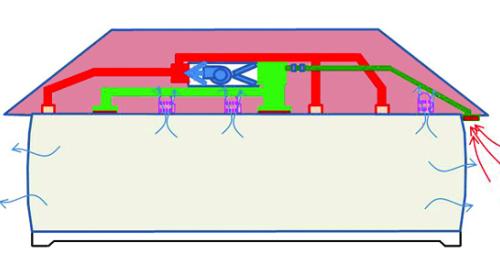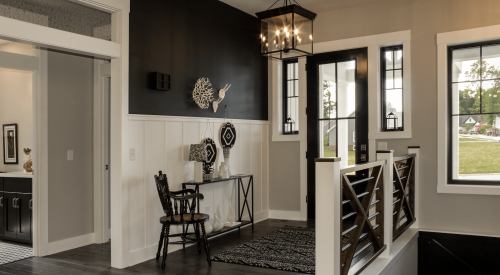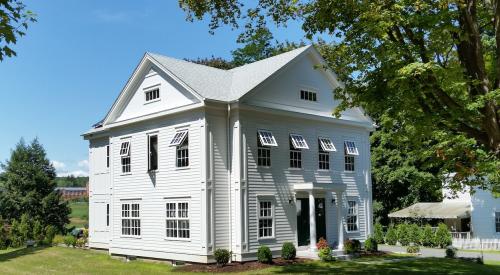High-performance homes provide more affordable, comfortable, healthy, durable, and safe dwellings for all Americans, and that’s a good thing. Tight construction is one of the cornerstones of high-performance homes. But exceptionally tight homes also need good ventilation to create equally exceptional indoor air quality (IAQ). But it can’t be overstated that properly designed ventilation systems are dependent on the climate zone you build in. Without considering the specific conditions in which you’re working, you’ll end up installing a ventilation system that’s ineffective or, at worst, dangerous.
To understand the importance of good indoor air quality, consider that people spend nearly 90 percent of their time indoors, with the majority of that time spent in their homes. And since concentrations of many pollutants are, on average, two to five times greater indoors than in the outdoor air, ventilation is essential to maintaining good indoor air quality.
Historically, residential ventilation wasn’t considered a problem by builders or homeowners because it was largely believed that operable windows and high rates of enclosure leakage provided enough outside air in the home. That’s not a safe bet anymore. As homes become more airtight, research shows a need to improve methods for supplying fresh air to occupants. As building codes become more rigorous, it’s critical to address other system-based technical challenges for achieving energy efficiency, including water protection, comfort, and indoor air quality.
Resources can help improve IAQ in the homes you build. The Building America Solution Center consolidates resources on a full range of high-performance home topics including IAQ and ventilation to make these resources easier to access and use. The research results that come from our Building America program can be found under HVAC here.
Currently, strategies and solutions for whole-house and spot ventilation can be found in the Solution Center using a building component interface or with a checklist interface based on the Environmental Protection Agency’s Indoor airPLUS Program.













